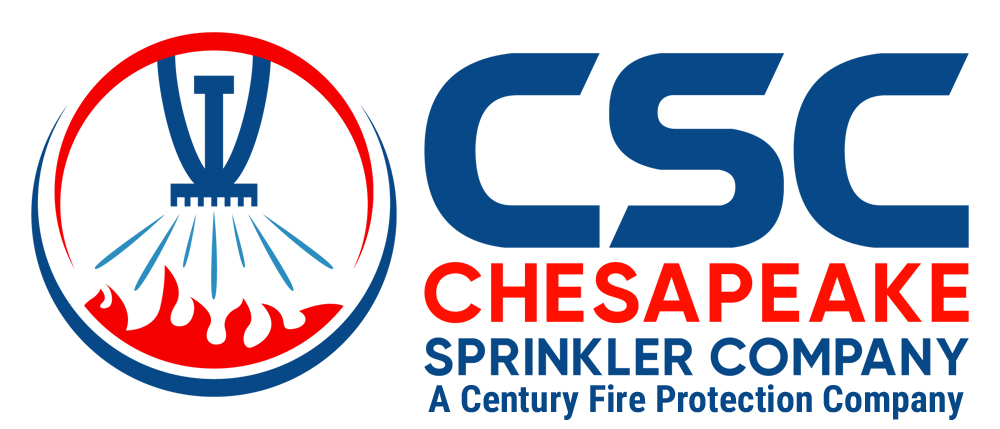
Maintenance is critical for your fire extinguishers.
Portable fire extinguishers are crucial in all industries, whether you own a retail store, restaurant, office building, warehouse, manufacturing facility, or another commercial business. It’s vital to recharge fire extinguishers regularly and replace them when necessary. Professional commercial fire extinguisher inspections are the best option. Today we’ll share with you how you can tell when a fire extinguisher recharge or replacement should occur.
When Should a Fire Extinguisher Recharge Occur?
You should recharge a fire extinguisher after each use, even if they aren’t empty. It’s best to ensure enough pressure and suppressant liquid are present to extinguish another fire. You should also recharge it if it becomes damaged or periodically throughout its lifespan. We should also note that only a certified fire protection company should recharge your fire extinguishers. An accredited fire protection company should service your fire extinguisher annually per the service manual identified on the fire extinguisher label.
The situations where it makes sense for a fire extinguisher recharge to occur include the following:
- If you’ve discharged a fire extinguisher that remains in good condition
- Even if you’ve released a small amount of pressure, recharging is necessary to increase a fire extinguisher’s effectiveness during a fire.
- Recharging your fire extinguisher at least every ten years if you’ve never recharged it
When Should a Fire Extinguisher Replacement Happen?
You can recharge fire extinguishers until a replacement is necessary. According to the National Fire Protection Agency, a replacement happens every 12 years, even if there isn’t anything wrong with your fire extinguisher. Additionally, if you keep having your fire extinguisher recharged, but it doesn’t maintain the proper pressure, then a replacement should happen as soon as possible. The signs that you need fire extinguisher replacement include the following:
- A broken or missing pin on the handle
- Slow pressure loss
- An unstable handle
- A missing inspection tag
- Corrosion or rust
- A 12-year-old fire extinguisher
- Damaged or clogged hose or nozzle
Why are Missing Inspection Tags a Problem?
The inspection tags contain vital information, showing a record of the fire extinguisher’s maintenance history and condition. Even if you get a new inspection tag, you won’t know who inspected the extinguisher, when they did it, and what they recorded. You won’t know whether the fire extinguisher has pressure loss or needs replacement. Though this may seem insignificant, a fire extinguisher tag will give you peace of mind that your building’s occupants will have the proper, code-compliant protection.
Which Option is More Cost-Effective?
Sometimes, replacing the entire extinguisher is more cost-effective, especially if you have smaller canisters. Ultimately, you have to do what’s best for your budget. If your extinguisher’s exterior isn’t damaged and there is an inspection tag, a fire extinguisher recharge might be the more economical choice. However, keeping your occupants’ safe matters most when it comes down to it. For that reason, monthly inspections by a fire protection company will always keep you informed.
For more information on fire extinguishers, we suggest you read our FAQs blog. We also recommend you call us if you’re unsure if your fire protection equipment is up to date and complies with fire safety codes.
Contact Chesapeake Sprinkler Company Today!
Chesapeake Sprinkler Company is a leading fire sprinkler contractor in the region, which is now a 100% employee-owned (ESOP) company. As a full-service fire protection company, we offer design, fabrication, installation, testing, maintenance, and inspection of fire protection systems—everything you need from your fire suppression specialist.
For more information, please email or call our Odenton location at 410-674-7041, our Ashburn location at 703-729-5150, or for service/maintenance Chesapeake Protection Services at 410-674-7577. For emergencies, call 800-298-3473 (FIRE). Feel free to keep in touch through Facebook, Twitter, or LinkedIn!
